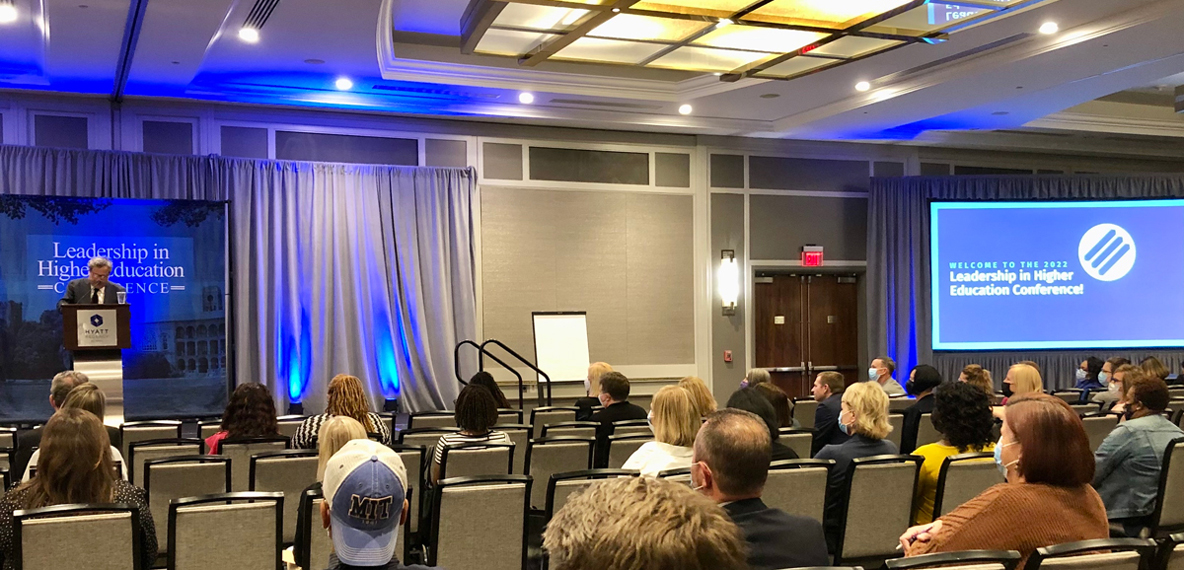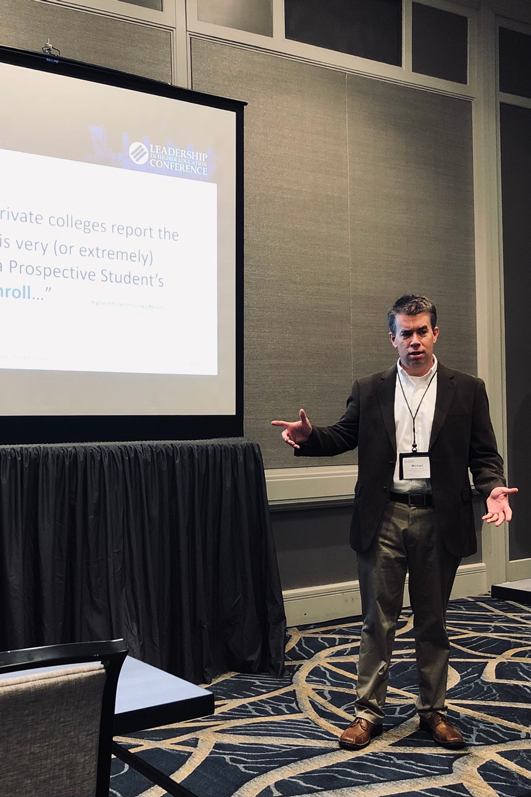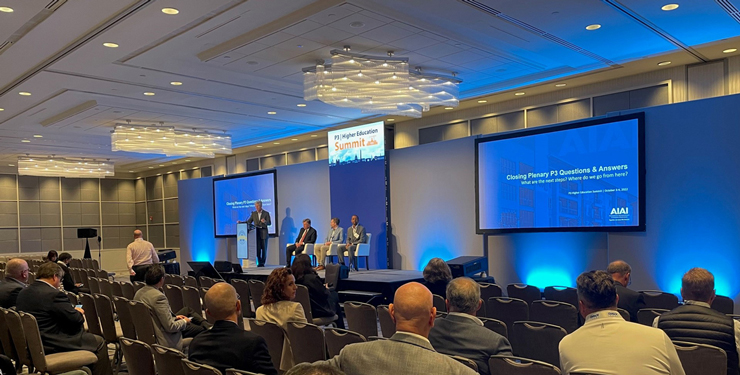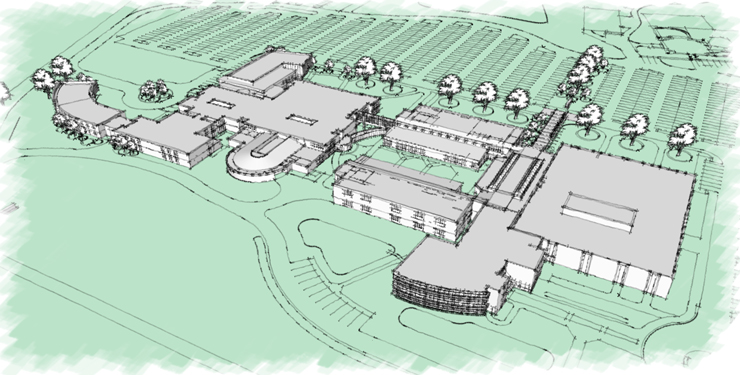
Reflections on Challenges and Opportunities Facing Higher Education Leaders

Last month, I had the privilege to attend and speak at this year’s Leadership in Higher Education annual conference in Baltimore, MD. Bringing together hundreds of leaders in both academic and administrative roles from institutions around the country, the conference primarily focused on the changing landscape of higher education in the United States. Across a variety of lectures, panel discussions, and workshops, there was significant focus on the obvious and unavoidable impact that the COVID-19 pandemic had on how institutions educate their students and how the changes this necessitated will have a lasting effect.
The Highlights of the Conference
Addressing the topic of “The Futures of Higher Education” during a keynote session, Professor Andrew Delbanco of Columbia University posed a broad question to the conference: “What do we owe to our students, and how can we best serve them [coming out of the pandemic]?” Professor Delbanco shined a spotlight on the tension he believes is growing on campuses across the nation between the STEMM fields and the classic liberal arts fields (history, English, etc.), as these areas of study diverge. He theorizes that some of this divergence, exacerbated by the pandemic, is due to innovation in STEMM that isn’t replicated on the other side as readily. For instance, the STEMM fields, he argued, “are starting to figure out how [we] best help students learn.” Not only did they move quickly to embrace online instruction during the pandemic, but “they are rethinking the ‘weed out’ paradigm and instead of a gigantic midterm, they are offering many quizzes, check-ins, and breakout groups along the way. This is innovative, but we aren’t seeing the same, on the whole, from the liberal arts space.” Professor Delbanco went on to discuss, however, that colleges and universities still need to remember their roots as places where students should learn how to think, how to debate, and how to ask themselves existential questions about their place in society and our democracy. To that end, he cautioned that institutions must be careful “not to become strictly ‘training institutions’ … there’s a difference between training and learning.”
Other topics during the conference included discussions around data-informed decision-making for student retention, collaborative initiatives between students and their surrounding communities, and enhancing student success through a CARE (Confidence, Achievement, Responsibility, and Excellence) plan. I also attended an excellent workshop focused on adopting a design thinking mindset when developing curriculum, building a department, or even simply problem-solving on a given campus. This rang familiar, from my perspective in a design firm, where we move through a similar process (as outlined by the presenters from Bradley University) of inspiration, ideation, implementation, and impact measurement. BHDP’s eight-phase Design Process is central to every project and allows us to align to a well-defined, shared vision before design work even begins.

My presentation centered around the importance of the campus visit for prospective students.
Speaking About the Importance of Campus Tours
When it was my chance to get behind the podium, I presented to a group that represented both public and private institutions. My topic was focused on the idea of the campus tour as a valuable recruiting tool for institutions and incorporated research conducted by BHDP in the fall of 2021. In light of the pandemic, as many institutions were forced to halt in-person tours and either shift to a virtual model or abandon tours altogether, we wanted to understand if the chance for a prospective student to tour a campus still correlated to better matriculation. Without going into great detail, the general consensus from hundreds of public and private institutions around the country was that the campus tour was still of monumental importance in a prospect’s decision process—and the pandemic’s effect on schools that realized this led to them successfully adopting new approaches and tactics without eliminating tours.
Moving Forward
Without question, the COVID-19 pandemic has left an indelible mark on our society, and higher education institutions have felt that acutely over the last two to three years. What remains to be seen, coming out of the pandemic, is how quickly and in what ways our institutions will evolve and adapt to the new challenges the pandemic introduced (or simply accelerated, in some cases). We understand that these are significant challenges to tackle in a vacuum.
To that end, BHDP offers a no-fee initial consultation to help campus leaders better understand these challenges along with new opportunities to improve their on-campus experience. If you’re interested in starting that conversation, please reach out to me at [email protected].
Author
Content Type
Date
November 17, 2022
Market
Practice
Topic
Conferences



